Irregular demand for projects or maintenance

Consumption peaks due to work or contract distort the general forecast.
Customer and project planning adjusts forecasts and replenishments based on actual demand.

150+ companies trust us

































Industrial equipment distribution companies manage a technical and high-value catalogue, with tight margins, long supply times and multiple international origins. Aligning demand, purchasing and transportation is key to maintaining availability without inflating inventory.
Variable delivery times and lead times of up to 180 days generate risk of breakage and loss of sales.
Minimum orders imposed by manufacturers cause excess inventory and tied up capital.
The variability of industrial demand alters logistics needs and generates imbalances.
Simulate alternative scenarios and propose substitute suppliers or staggered orders, guaranteeing continuity of supply.
Consolidate orders and calculate the optimal purchasing point, meeting the MOQs without generating overstock.
Adjust the forecast according to market signals, guaranteeing a replacement aligned with real demand.

Various equipment requires specialized transportation, which increases costs per empty trip.
Without complete traceability, references to the status of sending or receiving equipment are lost.
Order or destination modifications generate manual rescheduling.
Group orders by destination, volume and type of transport, optimizing routes and reducing logistics costs.
The integration with ERP offers real-time monitoring of the status of orders and alerts regarding incidents or delays.
Dynamic planning automatically adjusts logistics calendars to changes, maintaining consistency of routes and deliveries.

Low output components and spare parts lock up space and capital.
Catalog updates make stored products obsolete.
Regional warehouses accumulate excess without connection to real demand.
Analyze rotation by category and propose redistributions or reduction of orders in low demand references.
Detect substitutions and update equivalent codes, reducing the risk of obsolescence.
Multilevel planning centralizes stock control and adjusts replenishments between centers according to coverage and local demand.

Decisions are based on partial information, generating duplications and extra costs.
Surpluses are not redistributed between areas with lower demand.
Strategic or urgent orders are not correctly identified.
Centralized management consolidates stock and orders on a single platform, ensuring consistency and traceability.
Automatically redistribute surpluses to free up capital and balance inventories.
Assignment of logistics resources according to commercial impact and urgency, guaranteeing OTIF compliance.


Consumption peaks due to work or contract distort the general forecast.
Customer and project planning adjusts forecasts and replenishments based on actual demand.

The lack of updating in codes or equivalences causes stock errors.
Automatic synchronization of codes and historical data maintains consistency in inventory records.

Incomplete or last-minute shipments make transportation more expensive.
Predictive planning consolidates orders and routes, reducing partial trips and improving logistics efficiency.
Key indicators that offer a clear vision of the strategic weight that this industry has in the current and future global economy.

Data obtained from Statista*
Connect demand, procurement, and production in one modular cloud platform, designed to adapt to the unique needs of any industry.
Integration with all ERPs


100% Cloud, ISO 27001 Certification

Customer reviews
Measurable results
Ecosystem tailored to your needs


Quick implementation
Start with our demand module, the tool that allows you to calculate how much you will sell.
Add the features that suit your business. Scale at your own pace and expand when you need to, with our plugins.
Once you've added the features you need, get your price with our calculator. And if you have any questions, we'll sort them out for you.

"We have managed to reduce the average DOT from 12 days to 7 and today we remove 80% of the lines from our warehouse." Inazio Elorza, Supply Supply Chain Manager at Elesa + Ganter Ibérica
Implementing the software with Imperia is a quick and straightforward process, starting with the integration of the demand module, and can be complemented with 2 new phases. Incorporating the purchasing module and the production module.
A process with full support from our team, with personalised training and consultancy.
Increases the rotation of stored products, reducing costs and obsolescence.
Reduce shipping times, maximizing efficiency and reducing costs.
Improve the number of orders delivered in full and within the established period.
Fine-tune your product classification based on what matters most to your business.
Increases efficiency by minimizing downtime and optimizing transitions between production steps.
Fine-tune daily demand distribution with heuristics tailored to real monthly behaviour.
Activate the BIAS indicator to detect overestimations or underestimations of actual demand values.
Optimize forecasting at more aggregated levels by grouping sales historical data taking advantage of a larger dataset.
Provides the ability to visualize the commercial budget within the tool for analyzing fulfillment at different granular levels.
Optimize your overseas purchase orders by arranging them in containers based on dimensions and weight restrictions, maximizing efficiency for your orders to international vendors.
Add more flexibility to your planning by expanding the grouping hierarchy to seven levels for deeper and more relevant analysis.
Customize your S&OP cycle by creating and editing tasks and meetings that fit your operations.
Activate the DFA indicator to detect to detect forecast deviations, indicating the level of accuracy in predicting actual demand.
Report that allows identifying references within the portfolio that continue to have sales despite being discontinued.
Expand the available product attributes selection to a maximum of 20.
Lengthen the planning horizon to analyze your demand beyond 12 months.
Display your yearly budget in the system and monitor performance across different analysis levels.
Enables the user to specify a total sales figure for a given time frame and automatically distributes it.
Assign forecast modifications to predefined concepts for effective tracking of events that impact demand.
Integration service that facilitates the connection from the customer's system to SCP through a user-friendly interface.
Automatically plan the company's production, defining which products to manufacture, in what quantity, and when, to ensure deliveries are made within the established deadlines.
Manage material requirements to meet the forecasted demand, calculating the necessary coverage to avoid excess stock and shortages. Based on this, automatically generate a purchase order plan, taking into account lead times and supplier order constraints.
The plugin ensures that your procurement planning meets the minimum order requirements set by your suppliers, whether by quantity or value.
Assign multiple suppliers to a material, and SCP will select the most appropriate one based on its procurement criteria.
Manage inventory levels across multiple supply chain stages and monitor transfers and orders to ensure optimal availability and reduced costs throughout the network.
Load pending orders to visualize them alongside your demand forecast and use them to plan procurement and production accordingly.
Configure the demand distribution for new product launches, with the ability to replicate the launch of another product or market entry.
Optimizes inventory management by considering expiration dates, adjusting purchases, and simulating stock flow based on product lifespan.
Factor in the sales history of discontinued items to improve demand forecasts for the products that replace or cannibalize them.
Sequence production orders by considering line availability, performance as well as setup and changeover times to optimize the production plan and meet deadlines. Detect bottlenecks and adapt the plan to changing needs in a convenient Gantt chart.
Enhance your planning by accounting for raw materials that yield multiple products, semi-finished goods, or bulk outputs.
Specify non-working days or days without sales dispatch to exclude them from the demand forecast.
Manage sales contracts by monitoring their monthly fulfillment to adjust planning accordingly.
Weighted deviation report based on the sales volume of each product with respect to the total portfolio.
Define accurate selling prices for demand forecasting. You can configure them at different levels of detail for specific date ranges.
Automatically detect outliers in the historical sales of a product that may have been caused by promotions and suggest the impact of future events indicated by the user.
Calculate demand forecasts by considering both sell-in to distributors or retailers and their sell-out to final customers. You can configure distributors' procurement parameters, including coverage, frequency, lead time, refill quantity, and even sales growth percentages.
Estimate the first availability date for the products belonging to each customer order.
Enables daily tracking of stock levels and facilitates analysis through alerts and detailed reports.
Monitor supplier contracts, providing alerts and key performance indicators.
Measure supplier performance and delivery reliability with a clear, configurable OTIF metric.
Specify non-working days of each supplier to take them into consideration in the procurement plan.
Enables the unit of measure conversion for each product to facilitate a cross-functional assessment of quantities.
Refine the short-term forecast by focusing on the most recent weeks and limiting further impact within a determined horizon.
Enhance the analysis of demand forecast results and facilitate decision-making with strategic indicators such as YTD (Year-to-Date), YTG (Year-to-Go), and year-over-year comparison metrics.
Total Price:
€850,00

Schedule a meeting with our Supply Chain experts and discover the features that will make your supply chain a complete success.
Data Controller: Imperia SCM Consulting, LLC.
Purpose of processing: Manage your demo request and share information about our services.
Legitimization: Consent granted by submitting the request form.
Recipients: There is no planned communication to third parties, unless legally required.
Rights: Access, rectify and delete your data, as well as other rights explained in the Privacy Policy.































